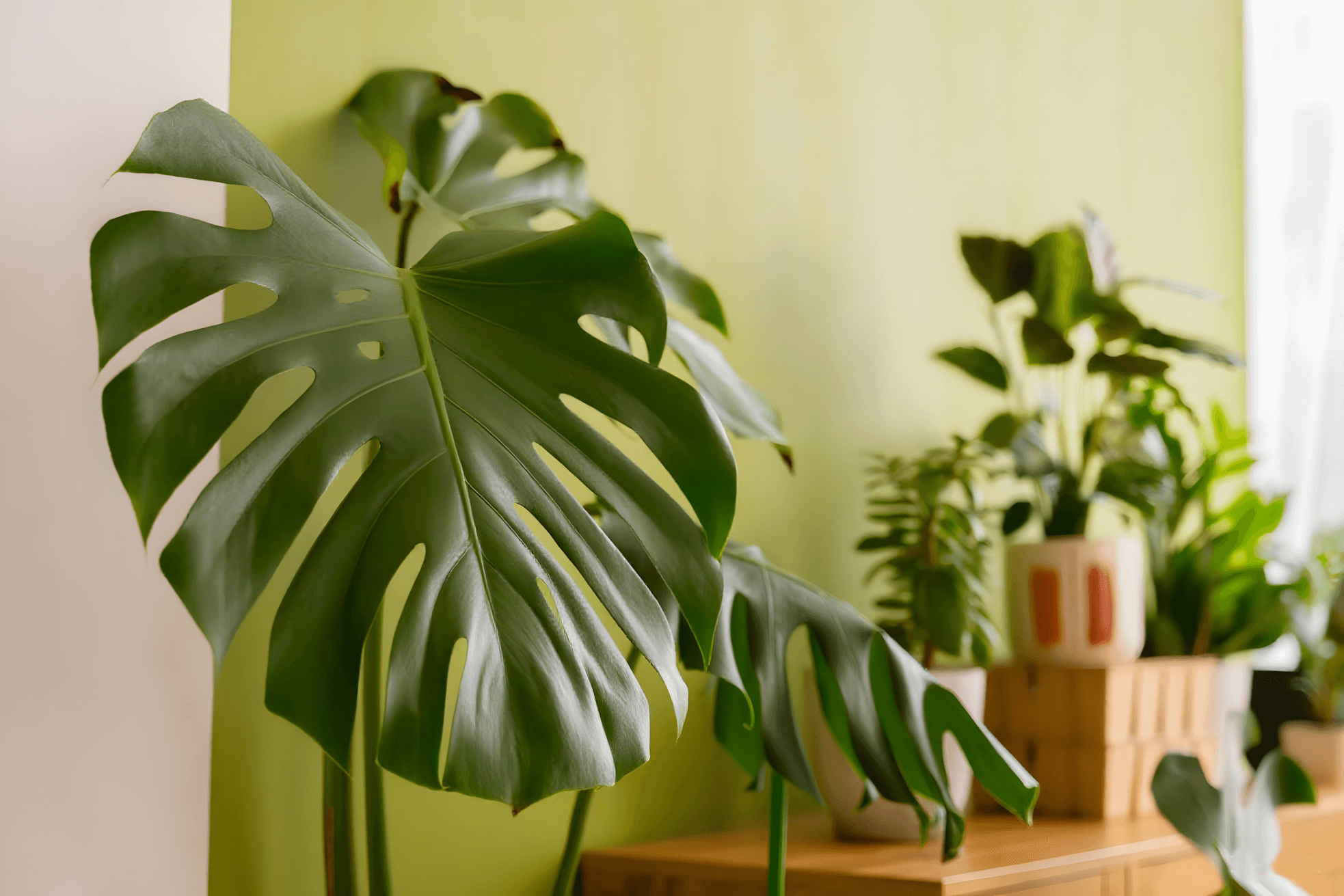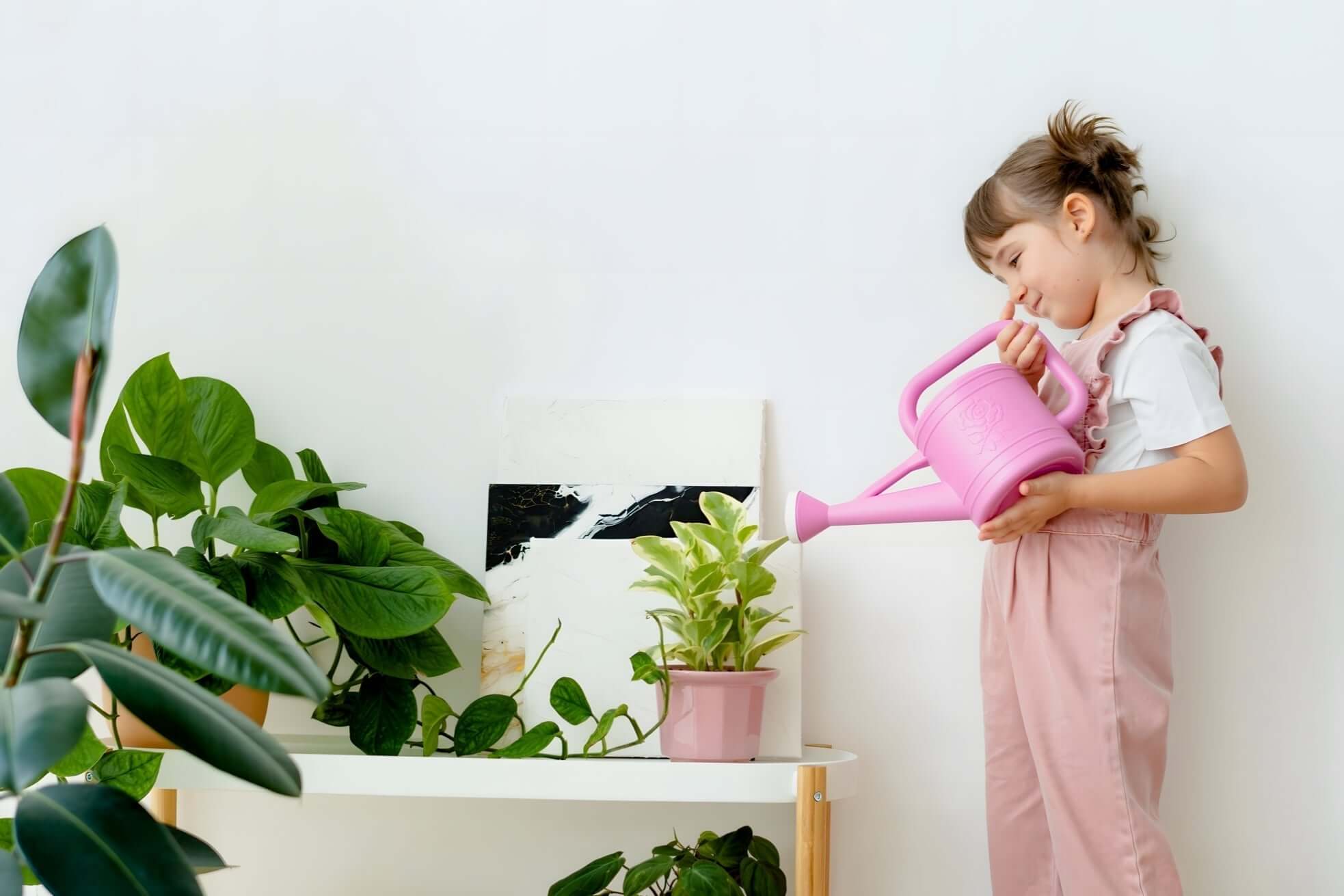Alright, plant parents and budget-savvy growers, gather 'round! Let's talk about that satisfying snip-snip of pruning - essential for keeping your leafy pals healthy, preventing mold, and stopping that jungle takeover. But what happens next? If you're tossing those precious clippings in the green bin or compost pile, you might be missing out on pure plant gold. Yep, those trimmings hold the key to unlocking FREE, powerhouse nutrition for your entire garden. Get ready to turn "waste" into liquid plant superfood!
Why Your Prunings Are Pure Fertilizer Gold
We prune for good reason - airflow, preventing disease, encouraging bushier growth. But those snipped leaves and stems? They're not trash. Think of them as tiny nutrient vaults, packed with the good stuff plants crave - nitrogen (hello, leafy greens!), phosphorus (for roots and blooms), potassium (overall health), plus a cocktail of essential micronutrients. Tossing them is like throwing away a perfectly good, home-grown multivitamin! Landfills don't need them; your tomatoes, monsteras, and lavender bushes absolutely do. The smart solution? A simple, natural process called fermentation. It breaks down those tough plant materials, liberating the nutrients into an easy-to-absorb liquid form. Talk about nature's ultimate free lunch!
Brewing Your "Plant Juice" Superfood: Simple Steps

This isn't rocket science, folks. It's easier than sourdough (and arguably less fussy!). Here's how to whip up your batch of free plant fuel:
1.Gather Your FREE Ingredients:
·The Star: Your healthy plant trimmings! Focus on vibrant leaves and stems from your recent pruning session. CRITICAL WARNING: Only use material from disease-free, pest-free plants. Infected trimmings are a big NO - they'll just brew trouble. Think vigorous growth you're proud of! (Perfect for those plants thriving under your SANSI grow lights!)
·The Catalyst: Plain ol' tap water. No need for fancy filtered stuff here.
·The Vessel: Grab a clean bucket, large glass jar, or plastic container with some kind of lid (it doesn't need to seal airtight - think loosely placed lid or cloth secured with a rubber band). Size it up based on how many trimmings you've got.
2.Prep Like a Pro:
·Chop Chop! Got big leaves or thick stems? Give 'em a rough chop with scissors or pruners. This isn't about perfection, just increasing the surface area. More surface = faster breakdown = plant juice sooner!
·Pack it In! Stuff those chopped trimmings into your chosen container. Really cram them in there! Here's the key: The fuller you pack it, the more concentrated and nutrient-rich your final fertilizer will be. Think densely packed green goodness.
3.The Magic Brew (Set It & Mostly Forget It):
·Water Works: Slowly pour water over your packed trimmings until they are completely submerged. This is mega-important! Keeping everything underwater prevents nasty mold and funky rot, creating the right environment for that good fermentation to happen.
·Find the Perfect Spot: Stash your container in a cool, dark place. Think garage corner, garden shed, under the sink, or a shaded spot on the porch. Avoid direct sunlight and heat like the plague - they can mess with the process and create foul odors.
·Patience, Grasshopper: Now, walk away! Seriously. Let Mother Nature do her thing. Resist the urge to peek or stir for a solid 2-3 weeks. This undisturbed time is crucial for the transformation.
4.Is It Ready? The Tell-Tale Signs:
After 2-3 weeks, carefully take a peek. You're looking for a distinct change: the murky water should have transformed into a rich, golden brown color, and the plant solids will look significantly broken down and mushy. This beautiful golden hue is your signal - the nutrients are liberated! (If it still looks mostly green or has visible white mold on top, it needs more time or something went wrong - likely not fully submerged or diseased material snuck in).
5.Strain & Store:
·Open Sesame (Gently!): Carefully open your container. Be prepared for a whiff - it'll smell earthy, fermented, maybe a bit pickle-y. That's normal! If it smells putrid or rotten, discard it.
·Strain It Out: Pour the liquid gold through a fine-mesh sieve, colander lined with cheesecloth, or even an old (clean!) t-shirt into another clean container. You want to capture all that nutrient-rich liquid and leave the sludge behind.
·Deal with the Solids: Toss the leftover plant mush onto your compost pile (it's great there!) or discard it in the green bin. Avoid pouring thick sludge down the drain.
Unleashing the Power: How to Use Your Plant Juice

Hold up! Don't just grab a watering can and douse your ferns! This potent brew needs a little prep:
·Dilution is NOT Optional: Straight plant juice is like a triple espresso for your plants - way too intense! You MUST dilute it. Think of it as a concentrated superfood smoothie base.
·The Golden Ratio: A great starting point is a 1:10 dilution. Mix 1 part of your strained plant juice with 10 parts water (e.g., 1 cup juice + 10 cups water). This makes a gentle, nourishing "tea" perfect for most plants.
·Application: Use this diluted mixture just like you'd normally water your plants - a good soil drench. Water thoroughly at the base.
·Frequency is Key: Less is often more! A monthly feeding during the active growing season (spring and summer) is usually perfect. Overdoing it can harm your plants, even with natural fertilizer. Ease off in fall and winter when growth slows.
·Who Loves It? This stuff is magic for leafy greens (kale, lettuce, Swiss chard), flowering plants (think lush blooms!), and most vegetables. It's a fantastic all-rounder!
·Sensitive Souls: Got delicate seedlings, orchids, or plants known to be fussy? Play it safe. Try a weaker dilution first, like 1 part juice to 15 parts water, and test it on one or two plants before treating the whole crew.
Why This Plant Juice is Pure Genius (The Clever Bit)
So, why go through this little brewing adventure? Because it works wonders!
·Nature's Fast Pass: Fermentation breaks down complex nutrients locked in the leaves into simple forms that plant roots can slurp up almost immediately. It's like predigesting their dinner!
·Beyond the Big Three (NPK): Unlike many synthetic fertilizers focusing only on Nitrogen, Phosphorus, and Potassium, your homemade juice delivers a broad spectrum of micronutrients (calcium, magnesium, iron, etc.) and beneficial microbes that synthetic stuff often misses. It's a complete health boost!
·The Foliary Bonus (Like a Plant Energy Shot!): Remember the video's coffee analogy? Spot on! While primarily a soil drench, this diluted juice can also give plants a quick perk-up through their leaves (foliar feeding). It's like that morning coffee kick - absorbed fast for a visible lift! (Especially effective under bright, full-spectrum light where plants are actively photosynthesizing!).
·The Ultimate Closed Loop: This is peak sustainable gardening. You're taking garden "waste" and transforming it directly back into premium garden nutrition. Zero cost, zero miles, maximum benefit. That's smart, eco-friendly living!
Join the Clever Cycle: Stop Tossing, Start Brewing!

So, there you have it - the not-so-secret secret savvy gardeners use: turning routine pruning waste into FREE, incredibly effective plant superfood. It's ridiculously simple: Chop, Soak, Wait, Strain, Dilute, Feed. No fancy equipment, no chemicals, just harnessing nature's brilliance.
Stop bagging up that valuable "green gold"! Grab a bucket, collect those healthy trimmings next time you prune, and brew up your first batch of homemade plant juice. Your garden will thank you with lusher leaves, brighter blooms, and happier harvests. It's the ultimate win-win: healthier plants and a healthier planet. Now that's clever gardening.
When your monstera under SANSI’s full-spectrum glow starts churning out leaves after a sip of this brew? Chef’s kiss. Loving this sustainable plant hack? For more tips on helping your plants thrive naturally - from seed starting under the perfect glow to maximizing those harvests - connect with fellow plant enthusiasts in the SANSI Grow Light Community! Find us on social @SANSI_Official or join the conversation on our website forum. Let's grow smarter, together!
Bonus Quick FAQ (Because We Know You're Curious!)
Q: Okay, be honest… does it smell awful?
A: During the 2-3 week brew? Yeah, it develops a distinct earthy, fermented, maybe slightly sour or pickle-like smell. It's normal! Keeping it covered in a cool, dark spot minimizes the strongest odors. The diluted fertilizer you actually use for watering? Much milder, usually just a faint organic scent - nothing offensive.
Q: Can I throw in weeds or grass clippings?
A: Stick to healthy garden plant trimmings (veggies, herbs, ornamentals) for your juice. Weeds can introduce seeds or diseases you don't want brewing. Grass clippings tend to get super slimy and smell pretty rank - better suited for traditional hot composting.
Q: Help! I see fuzzy mold on top!
A: This usually means some plant material was sticking out above the water line or (unfortunately) some diseased bits got in. Toss that batch. Next time, ensure everything is fully submerged and double-check your trimmings are 100% healthy.
Q: How long can I keep the strained liquid?
A: For the best results and potency, use your strained plant juice concentrate within 3-4 weeks. Store it in a cool, dark place (like a cupboard or garage shelf) in a container with a loose lid (like a mason jar with the ring on but not fully tightened) - it might still release a tiny bit of gas. The diluted mix should be used right away.



